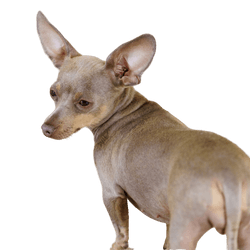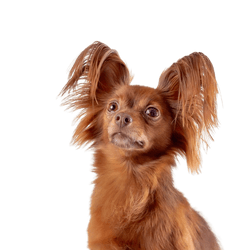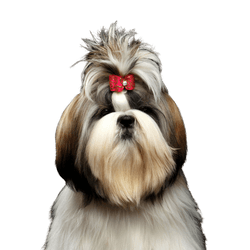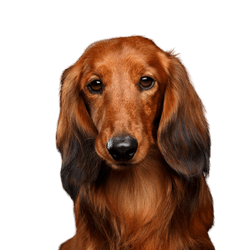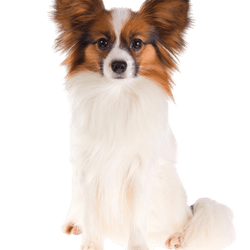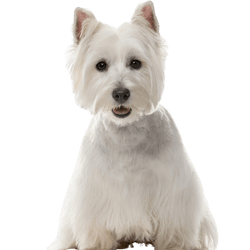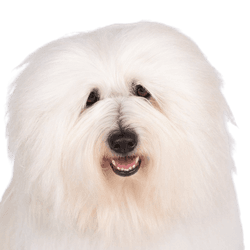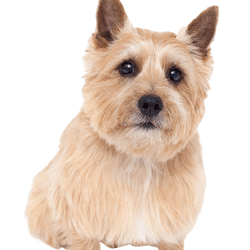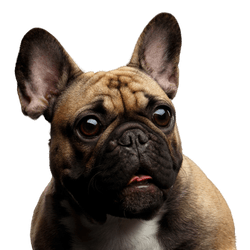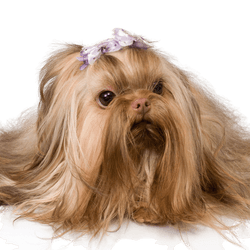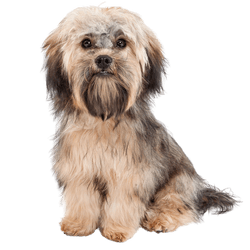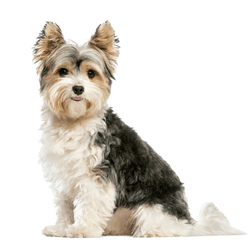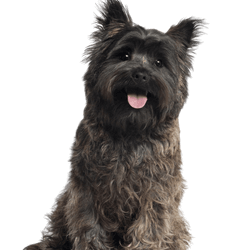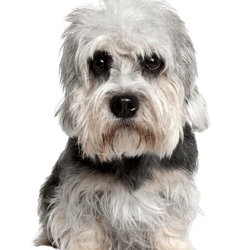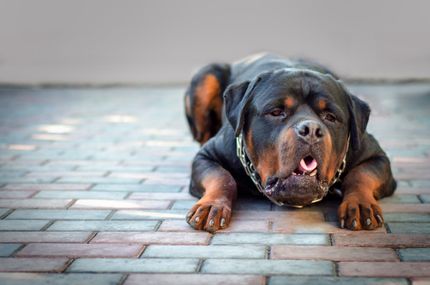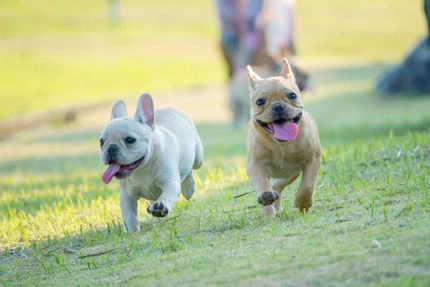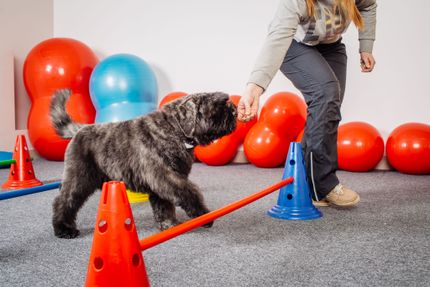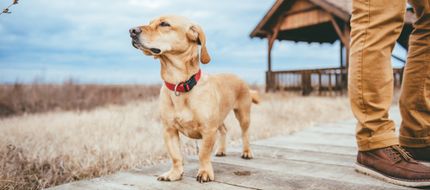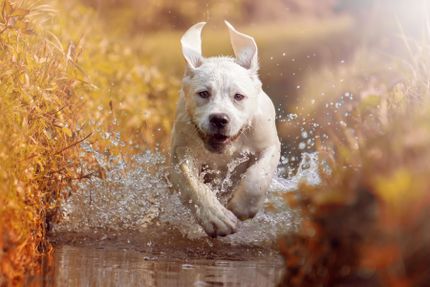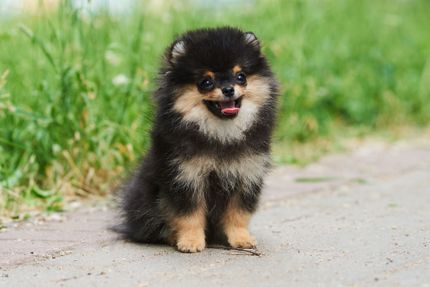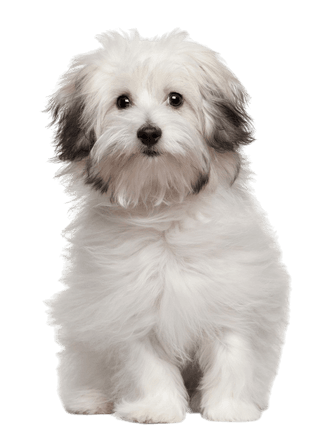
Bolognese Breed description: Character & Co
Bolognese
Facts & Origin
The Italian breed Bolognese is recognized by the FCI and is classified in Group 9 (Companion and Society Dogs), Section 1.1 (Bichons).
Origin and history of the dog called Bolognese
The name Bolognese is derived from the city of Bologna, where it was predominantly native. However, the origins of the dog lie elsewhere. Probably sailors brought the animals from the Balearic Islands to the southern European mainland. Especially in Italy and France the breed was most widespread. The Bolognese is closely related to the Maltese. Both small breeds have the same ancestors going back to the time of Aristotle.
Like the Maltese, the Havanese and the Bichon Frisé, the Bolognese also belongs to the so-called Bichons, which means nothing else than "lap dog". Exactly as such they were kept at the courts of Europe for a long time. Whether in Italy, France or Belgium - the small dogs were a popular gift for the nobility. Due to its high popularity in these circles, the Bolognese was also frequently depicted by contemporary painters in their works.


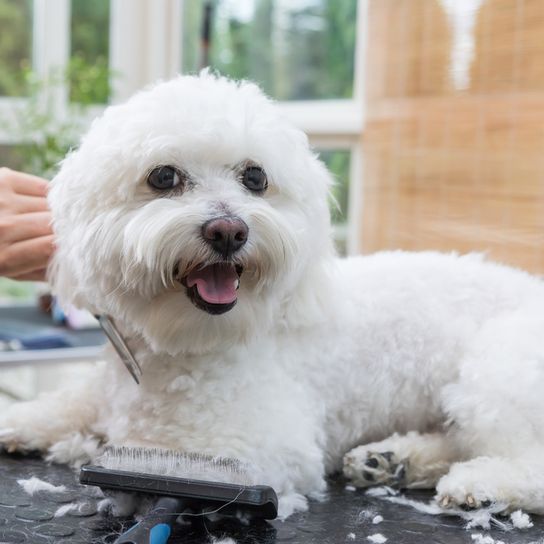
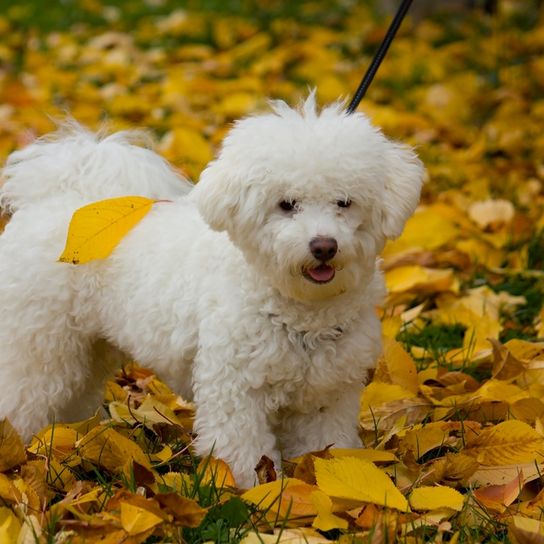
| Alternate Name | Bichon Bolognese |
| Origin | Italy |
| Life expectancy | 12 - 15 years |
| Care requirements | high-maintenance |
| Activity level | average |
| FCI group | Bichons and related breeds |
| AKC group | Foundation Stock Service |
| KC group | Toy Group |
Attitude, character and temperament of the breed
Nature and character
The Bolognese has an open, alert character and is therefore very well suited as a family dog. Even though its appearance often gives the impression of a cuddly animal, it has a lot of temperament and, despite its small size, also a relatively high play instinct and a serious urge to move. Remarkable is also its alertness.
The Bolognese does not know aggression. It is considered to be above average intelligent and relatively easy to train. Especially when learning tricks it shows great talent.
Use
The Bolognese has never been used as anything other than a companion and social dog. Due to its playfulness and affection, it proves to be a loyal and fun companion for all age groups and family structures. Those who enjoy dog sports will find the Bolognese to be a docile pupil, especially in the area of agility or dog dancing.
Character
Usage
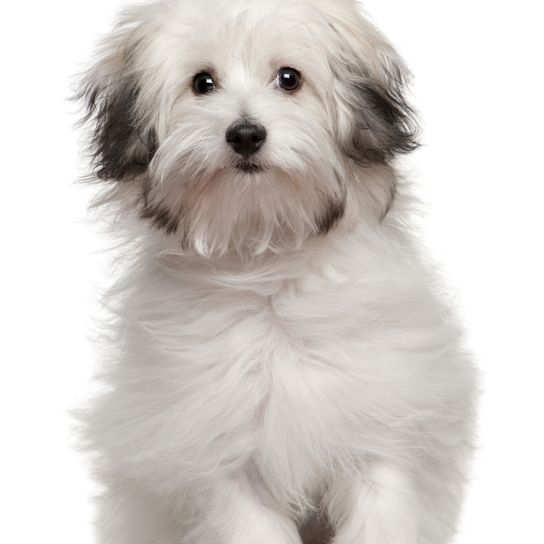
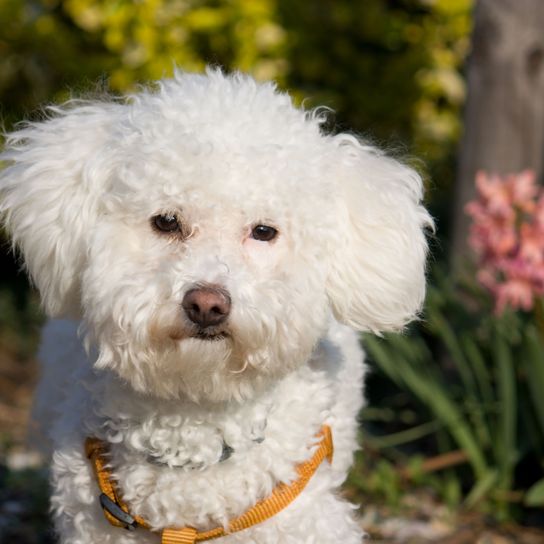

Health and breeding information
Age and health of the Bolognese dog
- life expectancy of the Bolognese is between 12-15 years
- basically a very robust and resistant dog
- often hereditary problems with the kneecap (patellar luxation)
- damaged tear ducts lead to watery and sticky eyes
- main problem of this breed is the amount of dubious breeders and offers in the internet
- grooming several times a week is recommended
- tends to be greedy and therefore requires a vigilant control of the food rations


The appearance of the Bolognese and breed characteristics
The Bolognese has a withers height of 25-30 cm and weighs between 2.5 and 4 kilos. Males are somewhat larger and heavier than females. The length of the dog's body is approximately equal to the height at the withers, which gives this breed a square appearance. The back line is straight. The tail is set high and curves over the back. The medium-length head with its large, black-rimmed eyes has a doll-like appearance. The eye color itself can be described as dark ocher.
When viewed from the front, the Bolognese's face appears almost square. Its hanging ears are long and set high.
The paws of the forelegs, which form a completely vertical line, are oval shaped and have extremely hard, black claws. The paws of the hindquarters are similar to those of the forelegs, but they are slightly less oval in shape.
The coat of the Bolognese is white and without any color nuances or spots. Its texture can be described as long, curly and soft.
| Fur length | medium |
| Fur | wavy |
| Ear shape | Floppy Ear |
| Tail | short |
| Anatomy | dainty |
| Size ♀ | 25 - 30 cm |
| Weight ♀ | 2 - 4 kg |
| Size ♂ | 25 - 30 cm |
| Weight ♂ | 2 - 4 kg |
| Suitable For | Beginner, Children, Seniors |
Colors




Known Diseases
Eye infections
Chronic eye infections can be very painful in dogs and can be treated with medication. In rare cases, the cornea must be treated.
Eye diseases
Often occur with allergies and intolerances.
Patellar luxation
Patellar luxation is the term used to describe a displacement of the kneecap, which is one of the most common causes of lameness in dogs.
Other small dogs
Useful Articles
You can find articles that might interest you in the dogbible blog to match your favorite breed.
Visit our magazineto stay up to date on dog trends.
To find out more, view our Privacy Policy
Find here the breed that suits you and find out what character traits it has. Here you can also learn more about the origin, size and weight of your favorite breeds.
Matching your favorite breed, you'll find articles that might interest you on the dogbible dog blog.
Dog kennel: building, buying, advantages, tips
Long line, flexi line, leash - What you need to know
Arthritis in dogs - causes, symptoms, diagnosis, prevention and treatment
This genius hack to trim your dog’s nails and more tips
Raw Barf Food for beginners - everything you need to know about feeding dogs naturally
